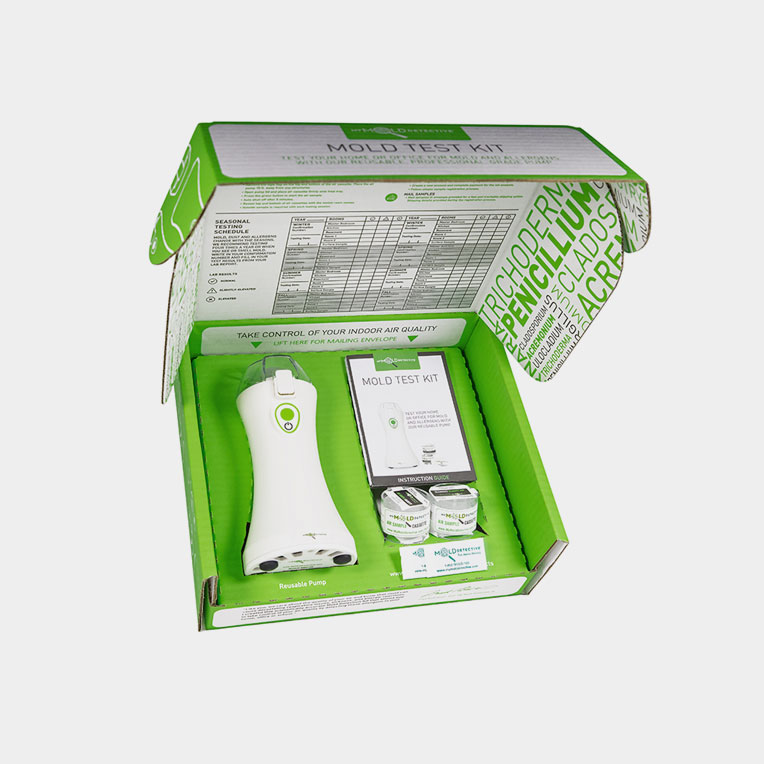The Requirement of Mycotoxin Examining in Agricultural Products to Make Certain Customer Safety And Security
The necessity of mycotoxin screening in farming products is an important aspect of public health and safety that necessitates complete examination. Mycotoxins, harmful substances generated by certain fungis, can penetrate numerous plants, resulting in significant health dangers for customers, such as carcinogenic impacts and body organ damage. Routine mycotoxin screening not just removes and determines polluted items from the supply chain yet likewise guarantees compliance with security criteria and boosts consumer trust fund. Understanding the techniques and benefits of such screening is vital to completely value its relevance in guarding our food supply.
Understanding Mycotoxins
Mycotoxins, poisonous secondary metabolites produced by particular fungi, present a substantial danger to agricultural products and human health. These compounds are produced by different types of molds, such as Aspergillus, Fusarium, and Penicillium, which can contaminate crops both pre- and post-harvest - Mycotoxin testing Services. The most common mycotoxins include aflatoxins, ochratoxin A, fumonisins, zearalenone, and deoxynivalenol (DON)
Mycotoxin contamination can happen under particular ecological conditions, such as high humidity and temperature, which prefer the growth of mold. Agricultural products like grains, nuts, flavors, dried fruits, and coffee are particularly vulnerable. The existence of mycotoxins in these products can result in substantial financial losses because of lowered plant returns and the requirement for extensive screening and decontamination procedures.
Comprehending the biochemical nature and formation of mycotoxins is vital for creating reliable mitigation techniques. Research has revealed that mycotoxins display a series of chemical frameworks and residential or commercial properties, making detection and elimination difficult. Advanced analytical strategies, consisting of chromatography and mass spectrometry, are used to identify and quantify mycotoxins in farming products, ensuring that contamination degrees remain within risk-free restrictions established by regulative bodies.
Health Risks of Mycotoxins
Provided the considerable threats associated with mycotoxins in farming items, recognizing their impact on wellness is vital. Mycotoxins, harmful additional metabolites created by fungi, posture serious dangers to both animal and human wellness.
Acute mycotoxin poisoning, although less common, can trigger immediate and extreme health issue such as liver damages, intestinal disturbances, and hemorrhaging. Ochratoxin A, one more powerful mycotoxin, is connected to kidney damage and has potential cancer causing effects. Fumonisins, largely influencing maize, are connected with esophageal cancer cells and neural tube flaws.

Usual Resources of Contamination
Recognizing the common resources of contamination is vital for effectively taking care of and minimizing the dangers postured by try this website mycotoxins. Mycotoxins are hazardous secondary metabolites produced by certain sorts of fungis, which can pollute farming products at numerous stages of storage space, processing, and manufacturing. The primary sources of contamination include field problems, post-harvest handling, and storage atmospheres.
Area problems play a considerable duty, with elements like weather, crop vulnerability, and dirt wellness influencing fungal growth. Crops such as corn, peanuts, wheat, and tree nuts are especially susceptible to mycotoxin-producing fungi like Aspergillus, Fusarium, and Penicillium types. Poor crop rotation and inadequate pest monitoring can worsen the threat of contamination.
Post-harvest handling is another critical point where contamination can take place. Mechanical damages during harvesting and transport produces access points for fungis, while incorrect drying out techniques can leave dampness levels high sufficient to support fungal growth.
Storage space settings contribute significantly to contamination dangers. Badly kept storage facilities with high humidity and temperature levels produce ideal problems for mycotoxin production. Normal inspections and appropriate storage space conditions are vital in suppressing this threat.
Mycotoxin Evaluating Methods
Reliable administration of mycotoxin contamination hinges not only on identifying possible resources but also on applying robust screening techniques to identify these damaging compounds. Mycotoxin screening techniques can be generally classified into immunochemical and chromatographic techniques.
On the various other hand, enzyme-linked immunosorbent assay (ELISA) and lateral flow assays are famous immunochemical methods. ELISA, in specific, is extensively utilized because of its cost-effectiveness, ease of usage, and quick hop over to these guys turnaround time. Side flow assays supply quick, on-site screening capacities, making them appropriate for field applications where prompt choices are essential.
In addition, developments in molecular biology have presented PCR-based methods capable of spotting mycotoxin-producing fungis at hereditary levels, using an anticipating technique to contamination risk. Incorporating these varied approaches boosts the integrity and comprehensiveness of mycotoxin discovery, guaranteeing that agricultural products satisfy safety requirements and shielding customers from possible health dangers.
Advantages of Regular Examining

Regular mycotoxin screening provides substantial advantages that dramatically reinforce farming safety and high quality. Mycotoxins, poisonous compounds produced by specific fungi, can pollute food and pose significant health and wellness dangers, including cancer and acute poisoning.
Furthermore, consistent testing aids in keeping the honesty and track record of agricultural manufacturers. By carefully keeping track of and managing mycotoxin degrees, producers can avoid costly recalls and legal repercussions. This not only makes sure conformity with rigid global safety and security standards but also fosters customer depend on and loyalty.

Conclusion
The need of mycotoxin screening in agricultural products is underscored by the significant wellness dangers positioned by these poisonous substances. It boosts the reputation of manufacturers and promotes count on within the farming supply chain, eventually safeguarding public health.
The need of mycotoxin screening in agricultural items is an essential facet of public health and wellness and safety that necessitates detailed assessment. Mycotoxins, poisonous substances created by specific fungis, can infiltrate various crops, leading to significant health threats for customers, such as carcinogenic effects and body organ damage.Mycotoxins, harmful additional metabolites produced by particular fungi, present a considerable check my blog risk to farming products and human health.Offered the significant dangers associated with mycotoxins in farming items, understanding their influence on health is paramount (Mycotoxin testing Services).The requirement of mycotoxin screening in agricultural items is highlighted by the substantial health dangers postured by these harmful substances